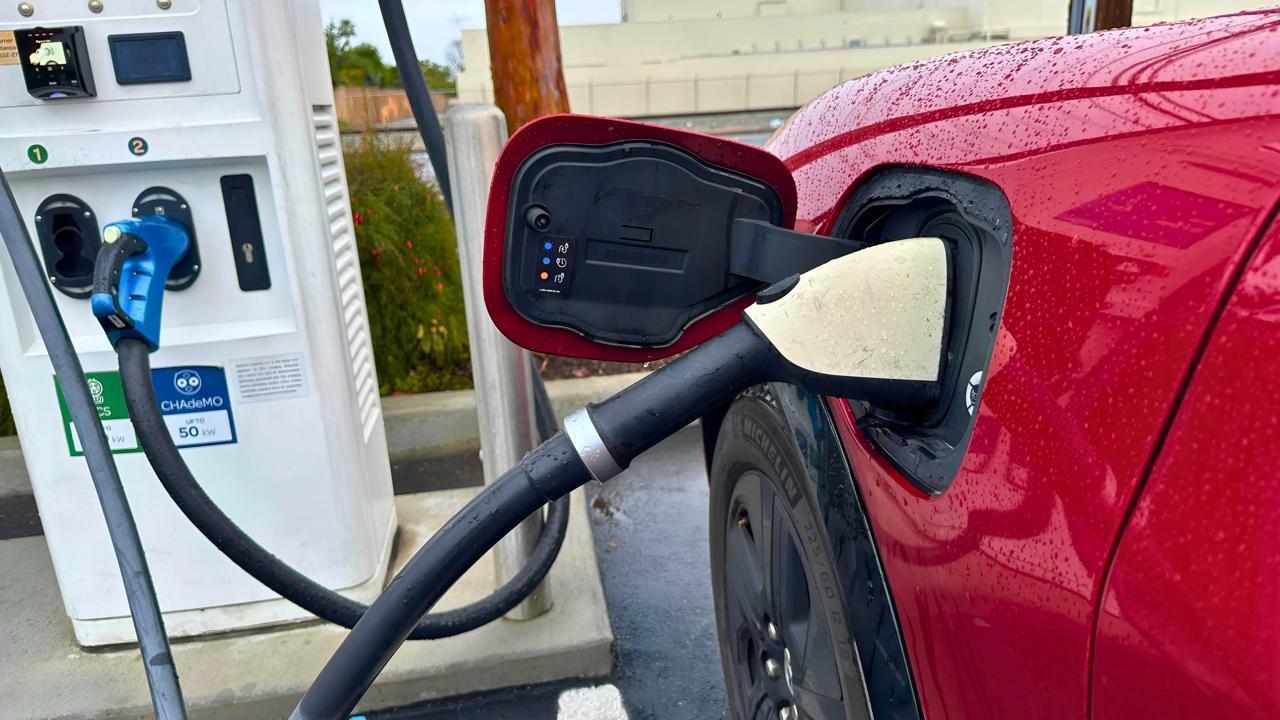
Post by : Amit
In a monumental step towards India’s electrified future, two of the country’s energy titans—Indian Oil Corporation Ltd. (IOCL) and Hindustan Petroleum Corporation Ltd. (HPCL)—have officially joined hands to develop what they are calling the Mega Charging Corridor. This nationwide EV charging network will connect major national highways and logistics routes, forming the backbone of India’s intercity electric vehicle ecosystem.
Unveiled jointly on July 17, 2025, the project marks the largest public-private collaboration in India's EV charging history. With a planned installation of 10,000 fast chargers by 2027, the initiative will not only accelerate the adoption of electric vehicles but also remove one of the most persistent obstacles in EV penetration: range anxiety on long-distance travel routes.
“This partnership is a milestone for India’s e-mobility revolution,” said Shrikant Madhav Vaidya, Chairman of Indian Oil. “By combining our extensive fuel station network with cutting-edge EV infrastructure, we’re future-proofing our roads for the next generation of transportation.”
The alliance between Indian Oil and HPCL—longtime competitors in the traditional fuel retail space—signals a strategic pivot. Both companies have been independently dabbling in EV infrastructure development, but increasing market demands and aggressive national electrification targets have prompted a more unified front.
This collaboration reflects a growing consensus among legacy oil players: the EV era is not a distant future—it’s already here.
“Competition will continue in our core business, but when it comes to nation-building initiatives like green mobility, collaboration wins over rivalry,” noted Pushp Kumar Joshi, Chairman and Managing Director of HPCL. “We are leveraging each other’s strengths—real estate, logistics, grid access—to deliver what no single company could accomplish alone.”
The scale of the proposed Mega Charging Corridor is breathtaking. According to project documentation, the corridor will initially span 22 national highway routes connecting metropolitan centers such as Delhi, Mumbai, Bengaluru, Kolkata, Chennai, Hyderabad, and Pune.
features of the corridor include:
The first 2,000 chargers are expected to go live by March 2026, targeting critical freight corridors and tourism-heavy stretches. Notably, dedicated fleet lanes and priority charging for electric buses and trucks are part of the design.
One of the key strengths of this partnership lies in the nationwide retail footprint of both companies. Between them, Indian Oil and HPCL operate over 60,000 fuel retail outlets across India. These are now being reimagined not just as petrol pumps, but as multi-energy mobility hubs.
“We’re transforming our petrol stations into smart energy destinations,” explained Vaidya. “While you refuel your car—or plug in your EV—you’ll also have access to cafés, restrooms, solar roofs, energy storage systems, and even co-working lounges in select locations.”
At each major hub, solar and wind energy integration will play a key role in powering the chargers, reinforcing the corridor’s green credentials. In hilly and remote terrain, the companies are also exploring battery swap options and mobile charging vans to plug infrastructure gaps.
This project arrives at a critical juncture in India’s transition to clean mobility. The Government of India has set an ambitious target of 30% EV penetration in private cars, 70% in commercial vehicles, and 80% in two- and three-wheelers by 2030.
Yet progress has been patchy—particularly in the intercity EV segment, which lags due to charging infrastructure bottlenecks. The Mega Charging Corridor directly addresses this issue, offering a reliable and visible charging presence across the country’s highways.
Officials at NITI Aayog and the Ministry of Power have lauded the project as a national benchmark, calling it a model for integrated EV infrastructure development. It’s expected that the corridor will also benefit from the FAME-III (Faster Adoption and Manufacturing of Hybrid and Electric Vehicles) incentives, with subsidies for chargers, grid upgrades, and clean energy usage.
The technological backbone of the Mega Charging Corridor is just as ambitious as its physical scale. Each charging site will be equipped with:
Furthermore, Indian Oil and HPCL are working with national grid operator POSOCO and regional discoms to ensure grid stability. In future phases, each site will include on-site battery storage to flatten peak demand and microgrid capability for off-grid operation.
Within hours of the announcement, reactions flooded in from across the automotive and energy sectors. Tata Motors, Ola Electric, Mahindra Electric, and Ashok Leyland welcomed the move, calling it “transformative” for intercity EV deployment.
Transport unions, particularly in Maharashtra and Karnataka, expressed interest in partnering on dedicated EV bus lanes that utilize the corridor’s charging infrastructure.
Public sentiment has also been overwhelmingly positive. On social media, the hashtag #GreenHighwaysIndia began trending as citizens shared their visions of quiet, zero-emission highway travel and cleaner air.
Travel influencer Neha Mehta, known for her cross-country EV expeditions, tweeted: “This is a game-changer! Finally, I can plan a Delhi-Goa EV road trip without packing an extension cord.”
Despite its promise, the Mega Charging Corridor faces real-world hurdles. The speed of land acquisition, especially near busy highway junctions, may slow rollouts. Some locations will require electrical infrastructure upgrades that could delay installation.
Standardization is another issue. While Bharat DC and CCS2 are dominant today, newer EVs may adopt higher voltage architectures that need 350kW+ chargers. The project roadmap includes provisions for modular hardware that can be upgraded, but retrofitting remains a costly endeavor.
Finally, skilled manpower for EV charger maintenance and grid integration is in short supply. Both Indian Oil and HPCL have committed to setting up dedicated EV training centers in Pune, Chennai, and Lucknow to upskill over 10,000 technicians by 2027.
Analysts estimate that the Mega Charging Corridor could unlock over ₹12,000 crore (~$1.5 billion) in green infrastructure investment over the next five years. This includes not just charger hardware, but also land leasing, solar installations, energy storage, and digital services.
According to a report by ICRA, the corridor will likely spur a ripple effect across allied sectors—from component suppliers and software vendors to construction firms and battery makers.
In addition, the corridor is expected to cut carbon emissions by over 4 million tons annually by displacing fossil fuel usage across freight and passenger vehicles. That’s the equivalent of planting 200 million trees—or taking 900,000 petrol cars off the road.
Indian Oil and HPCL have already begun tendering for Phase 1 installations, with Tech Mahindra, ABB, Delta Electronics, and Fortum India rumored to be among shortlisted suppliers. Construction is set to begin in August 2025, starting with the Delhi-Mumbai and Bengaluru-Chennai routes.
A unified mobile app, IOCL-HPCL ChargeOn, will launch in beta this October, offering route planning, charger availability, mobile payments, and loyalty rewards.
Looking ahead, both companies have hinted at expanding the corridor to neighboring countries, including Nepal and Bhutan, under a regional clean mobility framework.
As India drives into an electric future, infrastructure remains the final frontier. And with the Mega Charging Corridor, Indian Oil and HPCL are doing more than building stations—they’re building confidence.
Confidence for families planning road trips. For truckers hauling goods across states. For entrepreneurs launching EV fleets. For a country ready to breathe cleaner air and break its dependence on oil.
The journey ahead is long—but now, it’s finally charged and ready to roll.
IndiN Oil, HPCL, Electrify Indian Roads

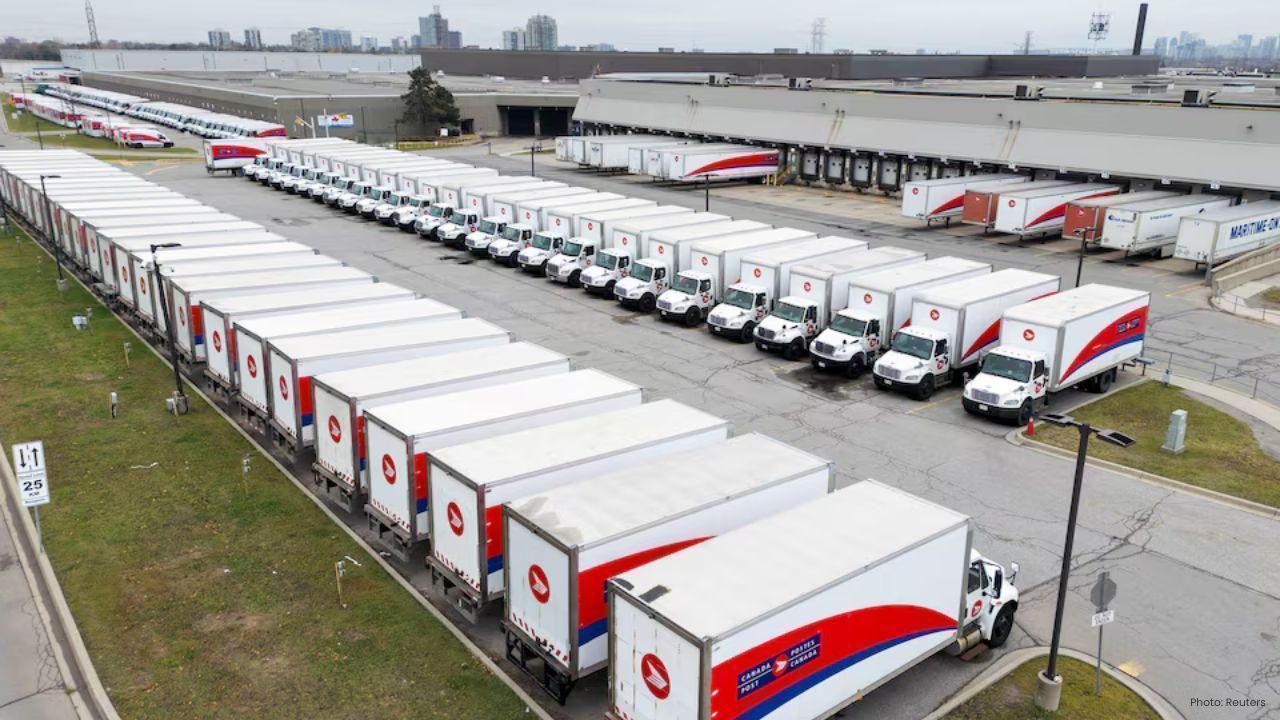
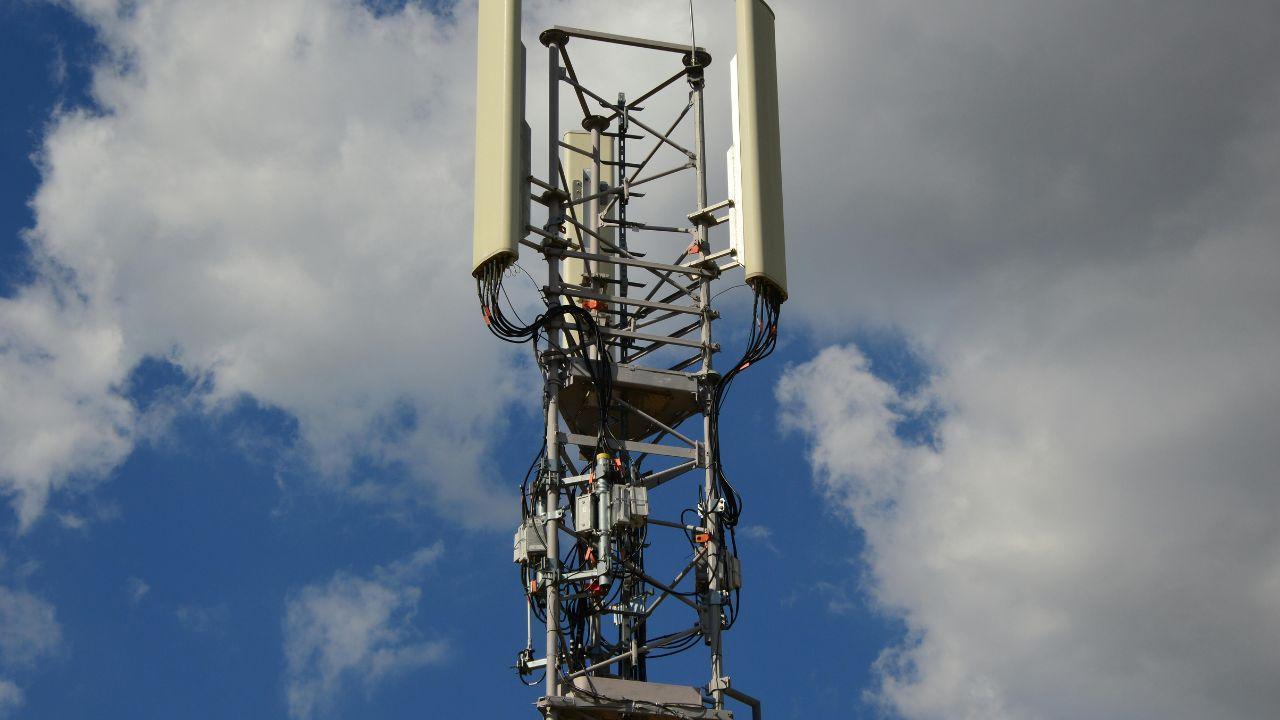



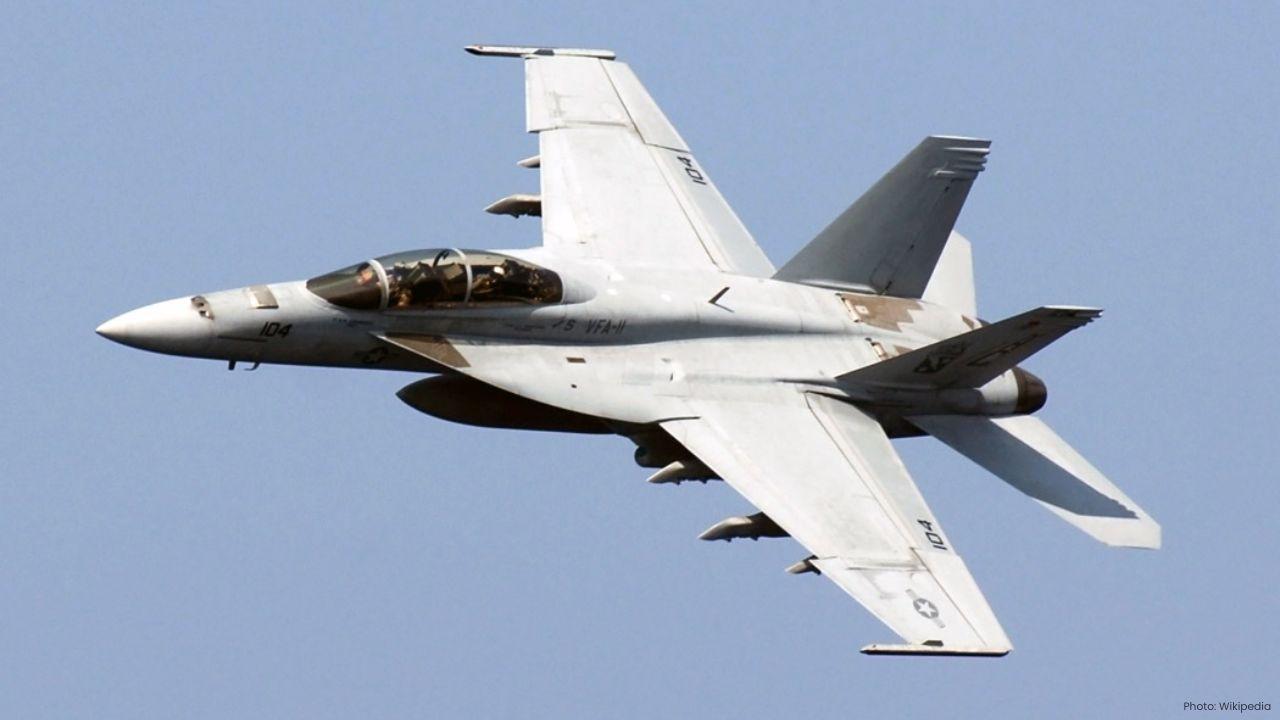
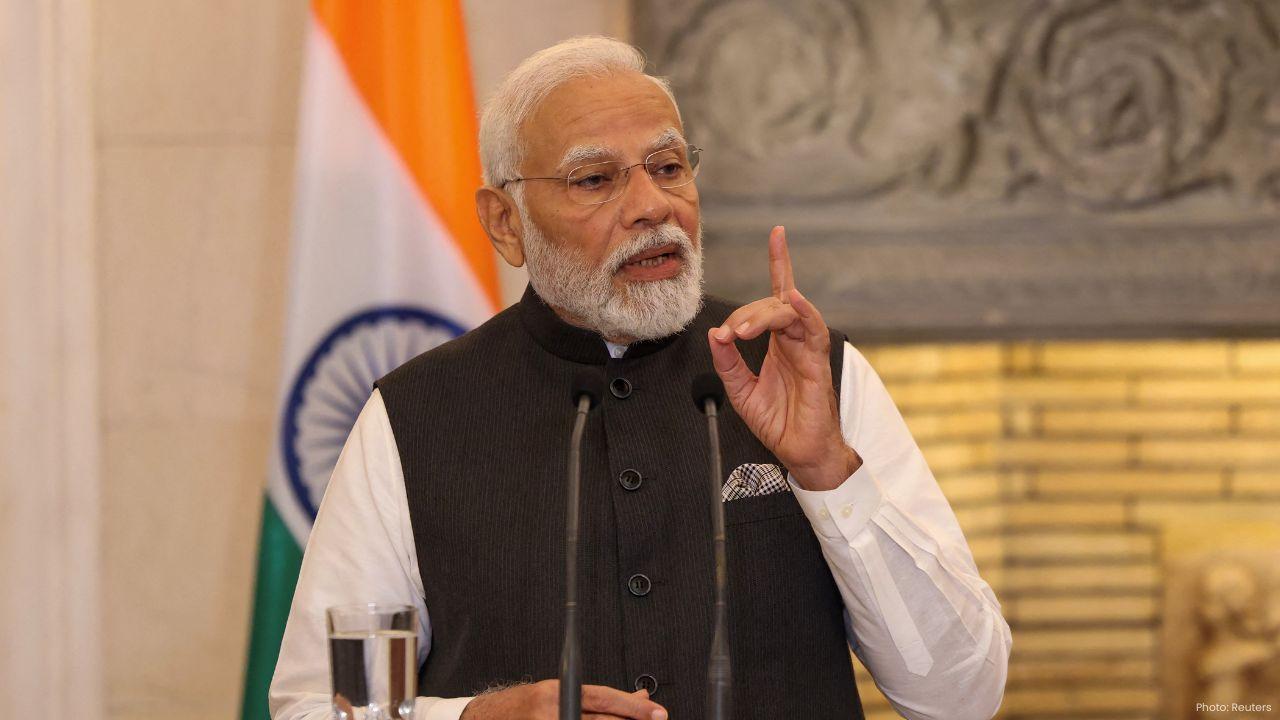
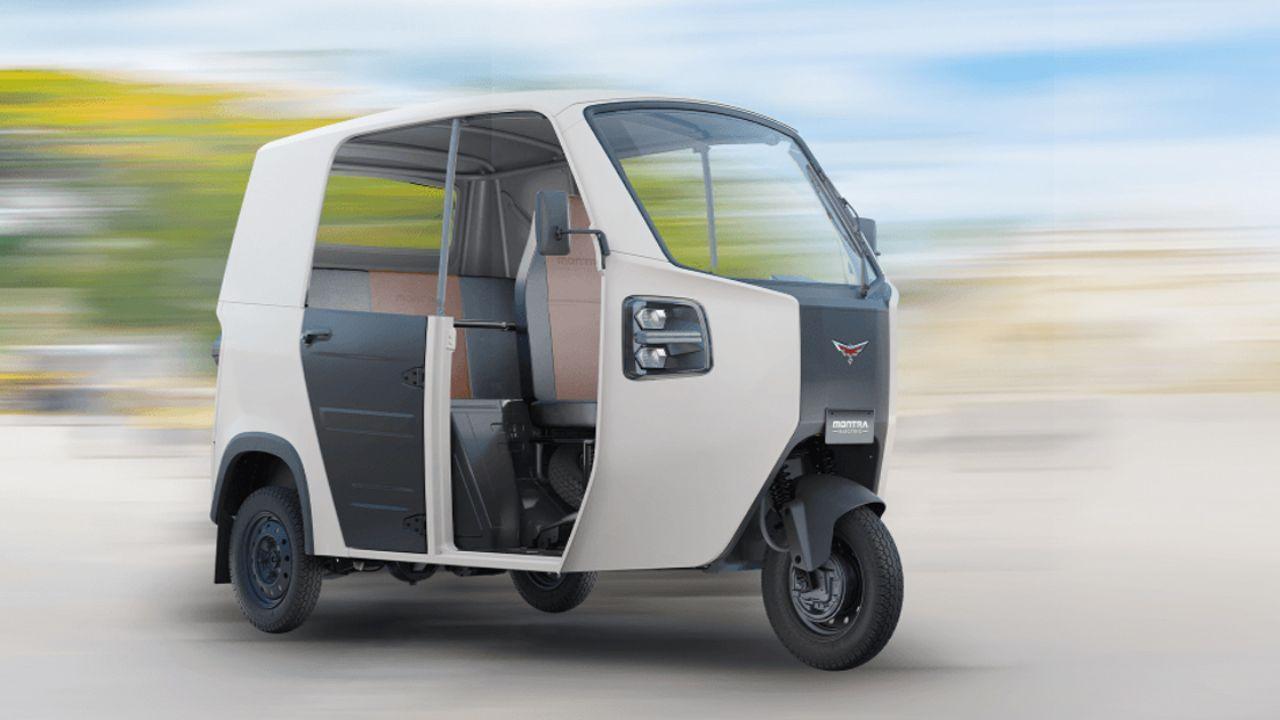

Bengaluru-Mumbai Superfast Train Approved After 30-Year Wait
Railways approves new superfast train connecting Bengaluru and Mumbai, ending a 30-year demand, easi

Canada Post Workers Strike Halts Nationwide Mail and Parcel Services
Canada Post halts operations as CUPW strike disrupts mail and parcel delivery nationwide amid disput

PM Modi Launches BSNL ‘Swadeshi’ 4G Network, 97,500 Towers Built
India enters global telecom league as PM Modi inaugurates BSNL’s indigenous 4G, connecting 26,700 vi

India’s Iconic MiG‑21 Takes Final Flight After Six Decades of Service
After 60 years India retires its MiG‑21 fighter jet, a legendary yet controversial warplane marking
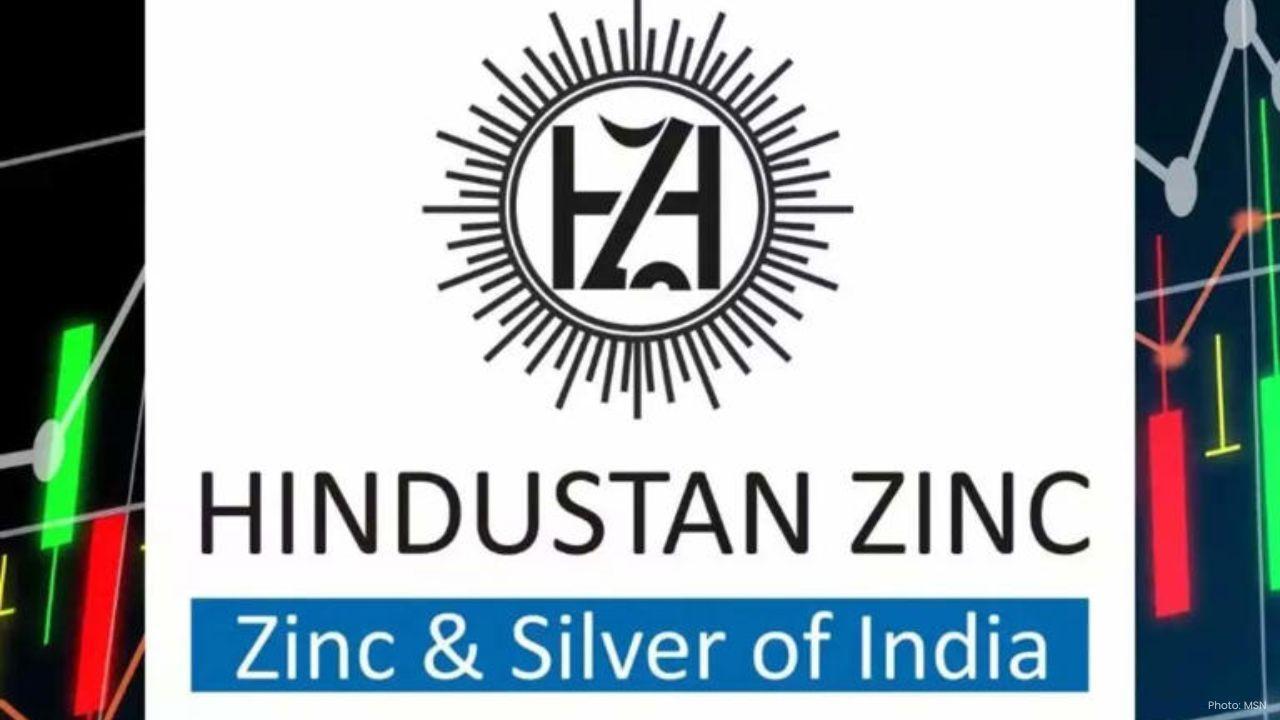
Hindustan Zinc unveils AI hotspot monitoring at Debari smelter
Hindustan Zinc launches AI-powered Switchyard Hotspot Monitoring at Debari smelter to cut outages bo
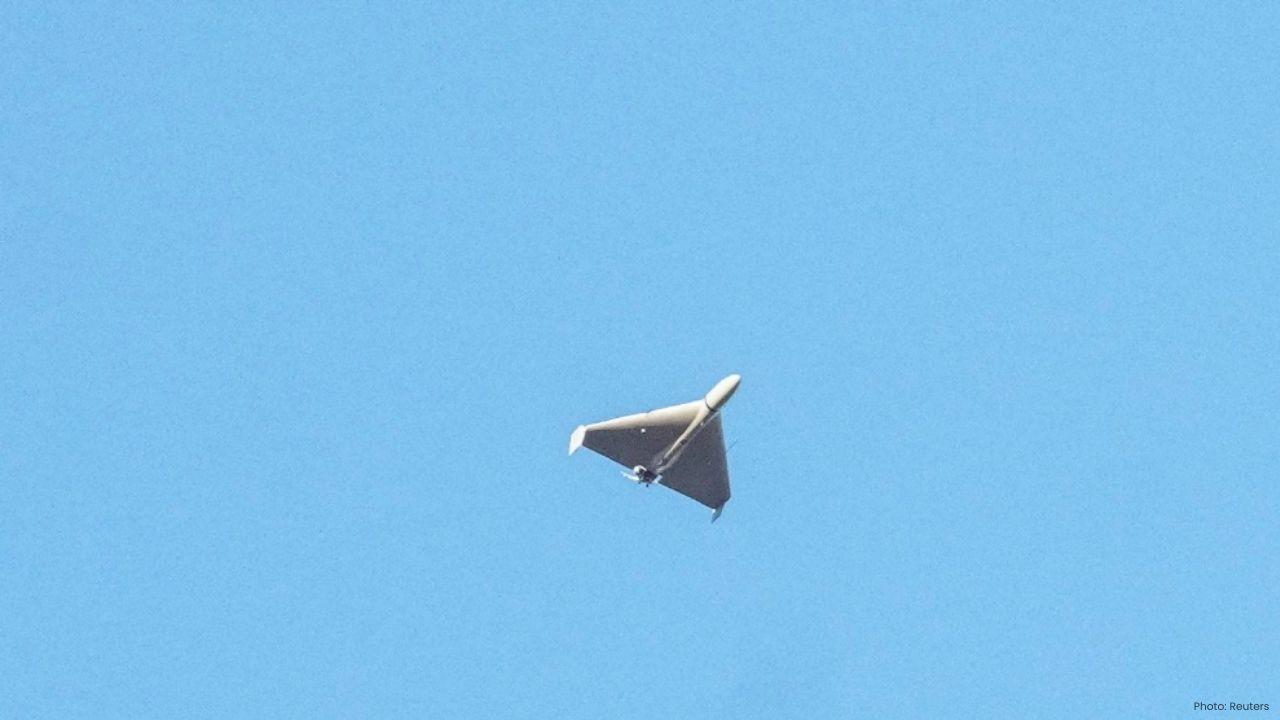
Chinese experts worked inside sanctioned Russian drone plant
Chinese drone specialists visited IEMZ Kupol supplying parts and drones via intermediaries, deepenin